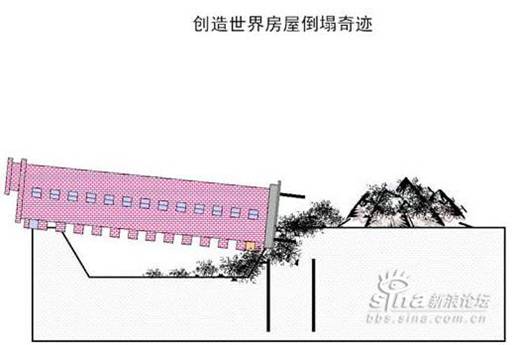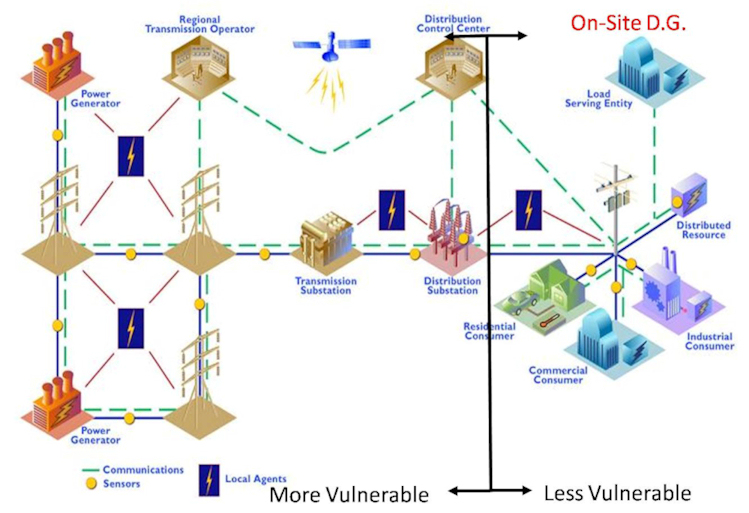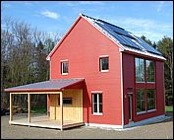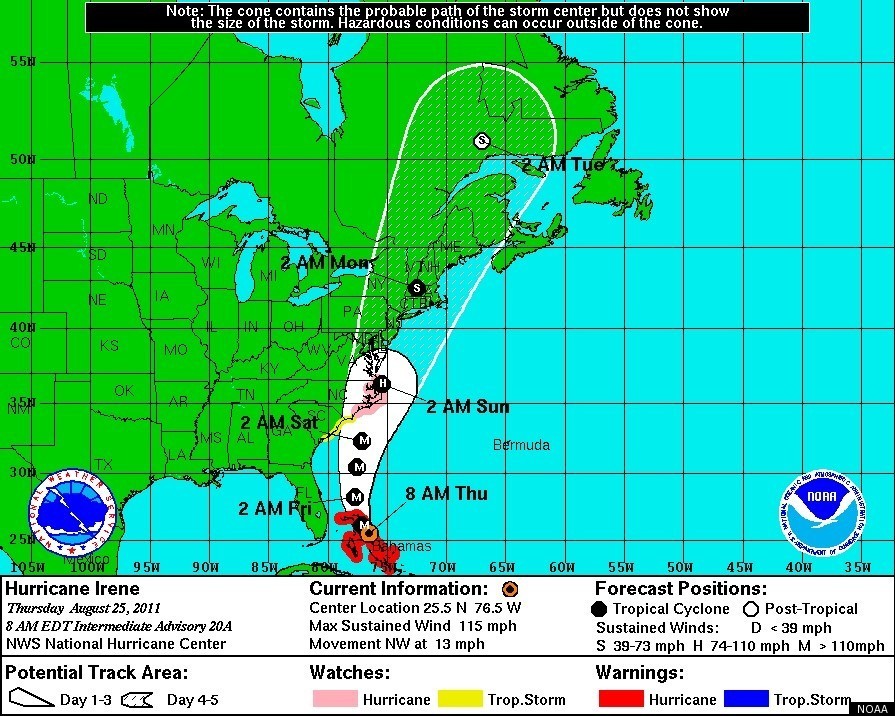I am staying in a 200 year old home on the coast of Maine. Real old timey place. One of the “modern” amenities is a beautiful old cast iron claw foot tub that has been rigged for a showers with a ceiling ring and hung curtain.
Every now and then I stay at a hotel with one of those fancy bowed out shower curtains to make a super sized shower. There is usually a note or even an embossed tile with the instructions, “Please put the curtain inside the tub when showering.”! I now know whom to blame for the late crop of flashing related building difficulties we have encountered! Shower door manufacturers! Since cheap and plentiful shower doors have become available, the current generation of designers and constructors have been missing this visual demonstration of how drainage planes and flashing works. Within the past year we have seen buildings where flashing was installed to conduct the water INTO the wall systems. Those designers and builders must be responsible for the sign in the hotels. They don’t know where to put the flashing or the shower curtain during rain showers.
I should also mention that all the water testing standards define failure as “no uncontrolled water leakage to the interior of the building. Let’s look at that language. I was walking through the jetway during a gully washer rainstorm. There are gutters that run along the edges of the passage way. That is controlled water. During window tests, I have seen standing water in the sill extrusion which eventually runs out to the exterior through the weep holes. That is controlled water. Many greenhouses have elaborate interior gutters that discharge outside. That is controlled water.
Let us not confuse visible water with uncontrolled water. This confusion leads to things like caulking up weep holes on the window systems, and yes, we have seen that done too many times.












